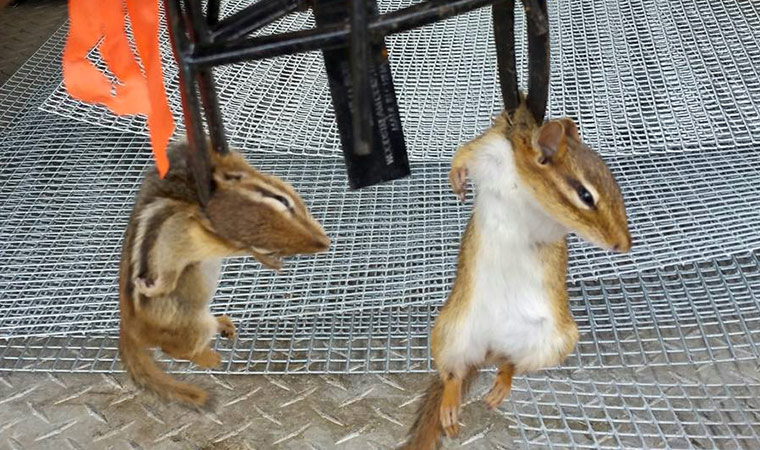

If you enjoy a birdfeeder, they will be quite annoying to you. The young stay with their parents for two months before they begin to gather their own provisions for the winter ahead.Ĭhipmunk rodents eat seeds, nuts and fruits, and gather these things all year long to store in their caches. After a 30-day gestation, a litter of two to eight is born. Chipmunks are solitary creatures and normally ignore one another except during the spring, when mating takes place. Their shrill, repeated, birdlike chirp is usually made upon sensing a threat but is also thought to be used as a mating call by females. Chipmunks hibernate, but instead of storing fat, they periodically dip into their cache of nuts and seeds throughout the winter. They feed on insects, nuts, berries, seeds, fruit, and grain which they stuff into their generous cheek pouches and carry to their burrow or nest to store. Their life span in the wild ranges on average from 2-3 years and weigh only 1 to 5 ounces.Ĭhipmunks generally gather food on the ground in areas with underbrush, rocks, and logs, where they can hide from predators like hawks, foxes, coyotes, weasels, and snakes. Some dig burrows to live in, complete with tunnels and chambers, while others make their homes in nests, bushes, or logs.ĭepending on species, chipmunks can be gray to reddish-brown in color with contrasting dark and light stripes on the sides of their face and across their back and tail. Ranging from Canada to Mexico, they are generally seen scampering through the undergrowth of a variety of environments from alpine forests to shrubby deserts. Of the 25 species of chipmunks, all but one, Asia’s Tamias sibiricus, is found in North America. If these burrows go beneath concrete (slabs, walkways, driveways, pool decks etc.), rain and other natural influences will cause areas of soil to expand and contract, eventually leading to cracks and other damage to the concrete. chipmunks get into rain gutters to store food or to make their way onto a roof line.Ĭhipmunks have several entries and exits to their burrow system. Occasionally they can chew on siding or soffits to create an opening into a home attic space or wall cavities. Chipmunks have been commonly known to dig in flower beds and around areas of lawns.


 0 kommentar(er)
0 kommentar(er)
